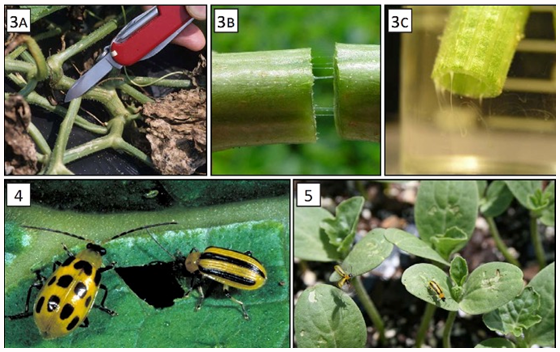Sep 6, 2023
Soil Physical Properties and Soil Health
Arizona consistently produces the highest yields and quality of crops found anywhere. This is due to the skill and expertise of Arizona farmers and the management of the valuable natural resources that we depend on, which includes the soil, water, and climate we have in this region. Soil serves as the foundation of the agricultural systems that we all depend on. In agriculture, we recognize that healthy soil translates to healthy crops and farms (Brady and Weil, 2008 and Parikh and James, 2012).
There are three primary aspects of soil systems that are important in healthy soil function that include physical, chemical, and biological factors (Figure 1). These three aspects are of soil systems operate in an integrated manner, but we can consider them individually, beginning with the soil physical properties.
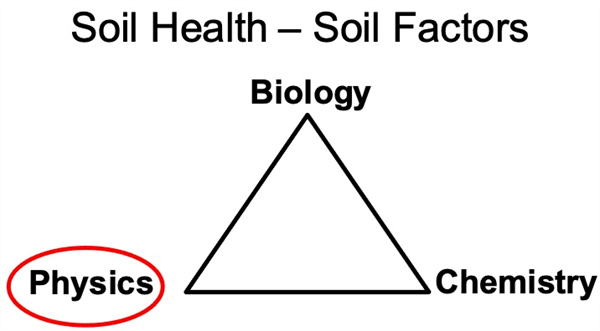
Figure 1. Soil health factors and physical properties.
Soil Texture
Soil texture determines the coarseness or fineness of a soil (Figure 2). Soil texture is defined by the relative proportions of sand, silt, and clay particles (Figures 3 and 4). The soil particles are defined by diameter size with sand (0.05–2.0 millimeters (mm)), silt (0.002–0.05 mm), and clay (less than 0.002 millimeters or the 2-micron (µ) fraction (10-6 m)).
Soil texture is a product of the geologic process of basic parent materials weathering, both physically and chemically, over long periods of time in each location making soil texture a prominent characteristic of any field or location. Soil texture cannot be changed in a practical manner, but we can utilize appropriate management practices suited for soils of varying textures.
Particles that are larger than 2 mm, such as rock fragments (pebbles, cobbles, stones, and boulders), are not considered in defining the soil textural class because they are relatively inert or non-reactive.
Soil particles provide the basic building blocks of the soil system and structure. The pore spaces between the particles and soil aggregates are extremely important since that is where most physical, chemical, and biological processes take place.
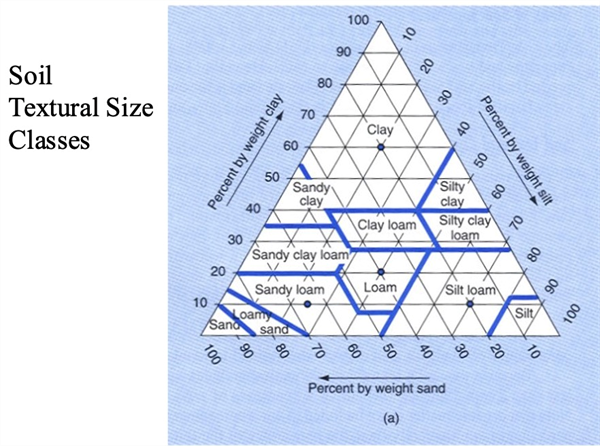 Figure 2. Soil textural triangle.
Figure 2. Soil textural triangle.
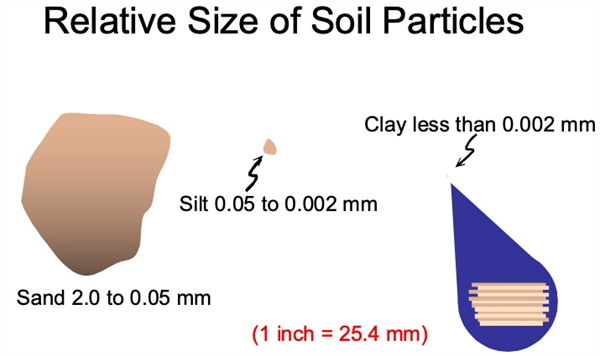
Figure 3. Relative size of soil particles.

Figure 4. Proportional relationship of soil particles.
Aggregation
Soil particles provide the basic building blocks of the soil physical structure, but the way soil particles are assembled in clumps or aggregates. Aggregation is basically the arrangement of primary soil particles (sand, silt, clay) which are bound by soil organic matter and through other forms of particle interactions and associations. Aggregate stability is a good indicator of soil health.
As a result of the aggregation of soil particles, the sizes of soil pores can vary tremendously. The proportion of large, medium, small, and very small pore spaces in soils govern the important processes of water and air movement. In addition, soil pores provide the spaces where soil organisms and plant roots live, grow, and function.
Clay and finer textured soils (generally, soil textures in the upper ½ of the textural triangle) have smaller soil particles and aggregate structure that contribute to small pore spaces (often less than 0.002 mm or 2 µ). In contrast, sandy soils are dominated by pores that are larger (macropores). As a result, finer textured soils with high silt and clay content will have much higher surface areas within in given soil volume (Figure 5) and are more reactive physically and chemically.

Figure 5. Soil particle size and surface area relationships.
We can see and feel soil aggregates when we pick up a handful of soil and see the clumps or pieces of soil, which are the soil aggregates. Soil aggregates consist of soil particles of varying sizes that are held together by both the attraction of soil particles and the binding capacity of organic matter between soil particles. There are several general types of common soil aggregates (Figure 6).

Figure 6. Examples of soil aggregates.
Soil Structure
Aggregates provide a very important function of soil structure. Aggregates also serve to hold and supply organic matter in soil; however, they also have structural functions. Soil aggregate structures provide large and small pores with large soil pores allowing faster water infiltration into the soil. Smaller soil pores provide the capacity of soil to hold more plant-available water. A healthy soil will have a good soil structure, often recognized in the field as good soil “tilth”.
Poor soil structure, due to a breakdown of soil aggregation and the dispersion of individual soil particles can be a problem for water infiltration into a soil. We can often see this in the field with soil crusting surface compaction (Figure 7a and 7b), which can also be symptom of high sodium (Na) concentrations in the soil.
Consequently, soil structure is critical to our efforts to manage soil salinity since we need good water infiltration and percolation to accomplish adequate soil leaching to remove soluble salts from the crop root zone (Figure 8).
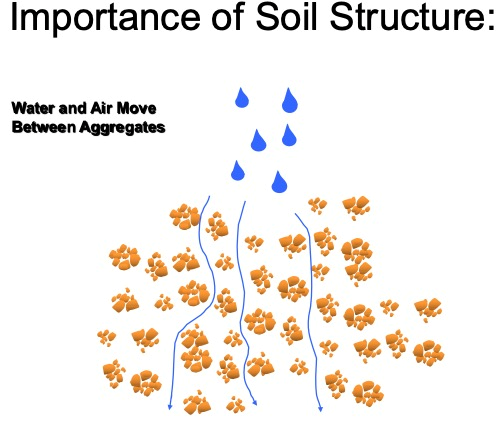
Figure 7a. Importance of good soil structure.
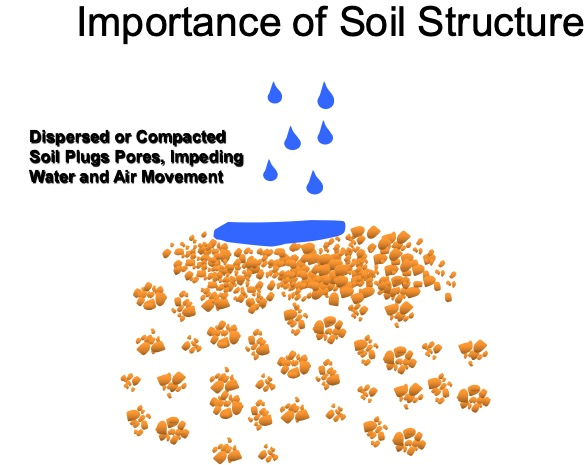
Figure 7b. Example of unfavorable soil structure, such as a dispersed or
compacted soil structure.

Figure 8. Good soil structure and the relationship to leaching
capacity in a soil.
Soil health is affected by several factors including the physical, chemical, and biological properties of the soil system (Figure 1). Of the physical soil properties, aggregation and structure are two of the most important factors affecting soil health. Soil texture, aggregation, and structure are all inter-related and provide a strong influence on the environment that plants deal with in the field. These soil characteristics impact root development as well as water and air movement in soil. Managing soils to enhance these physical properties of aggregation and structure can be a real benefit for soil health and crop production systems.
References:
Brady, N.C. and R.R. Weil. 2008. The Nature and Properties of Soils, 14th ed. Prentice Hall: Upper Saddle River, NJ. Parikh, S. J. and B.R. James. 2012. Soil: The Foundation of Agriculture. Nature Education Knowledge 3(10):2
https://www.nature.com/scitable/knowledge/library/soil-the-foundation-of-agriculture-84224268/#
 To contact John Palumbo go to: jpalumbo@ag.Arizona.edu
To contact John Palumbo go to: jpalumbo@ag.Arizona.edu



 Figure 2. Soil textural triangle.
Figure 2. Soil textural triangle. 







